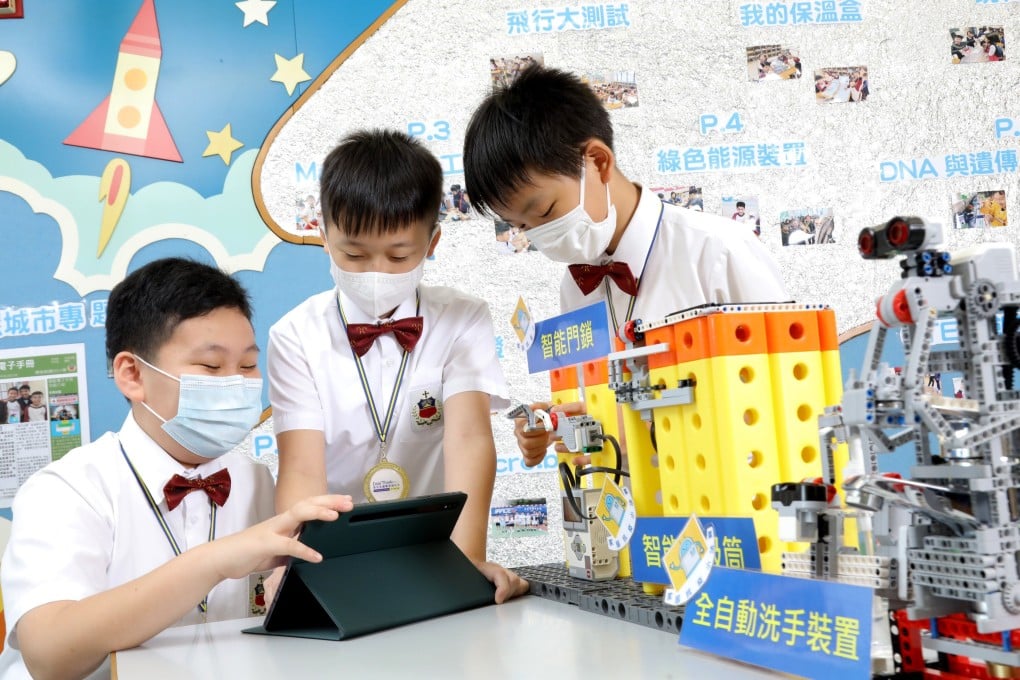Creative inventions by children help others ride out challenges arising from the Covid-19 pandemic
- The Hong Kong Jockey Club’s CoolThink@JC scheme nurtures digital creativity in children, leading to inventions designed to deliver social good
- An annual competition showcases these creations, including designs that tackle community challenges arising from the pandemic

[Sponsored article]
The Covid-19 pandemic continues to cause a huge impact to the world. Hong Kong, despite its valiant earlier efforts in fighting the coronavirus, is no exception.
Children living with the current uncertainties may lack the skills to handle the challenges of today and tomorrow. Yet all is not lost, as these skills can be developed, and are currently being displayed by children proudly demonstrating their ability to adapt by utilising one of the most essential skills of the 21st century – computational thinking. Empowered with the ability to think computationally, these children have developed creative inventions to solve problems and deliver social good.
Computational thinking at a glance
Computational thinking is a problem-solving process that can be applied to everyday situations. It sees complex problems dissected using a skill set of decomposition, pattern recognition, pattern abstraction and algorithmic thinking, with possible solutions devised and presented in a manner that can be understood by both humans and computers.
“Coding and computational thinking are sometimes referred to interchangeably, but they are not direct equivalents,” says Daniel Lai, Programme Director of CoolThink@JC, a computational thinking scheme created and funded by The Hong Kong Jockey Club Charities Trust. “Computational thinking is the thought process required to write good codes. It trains learners to think like computer scientists, who can demonstrate abilities such as logical thinking, problem-solving and abstraction, and disaggregate complex problems into smaller, solvable parts.”